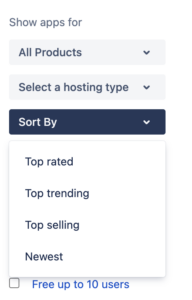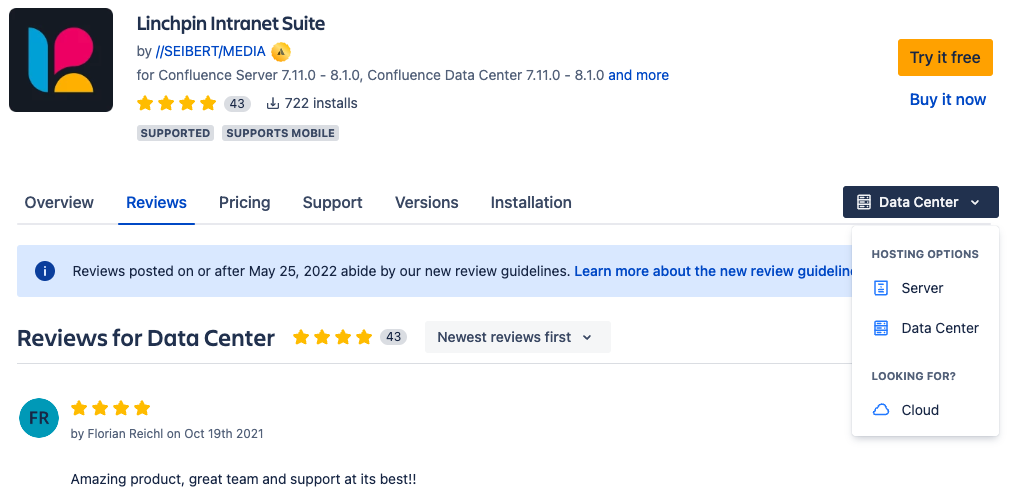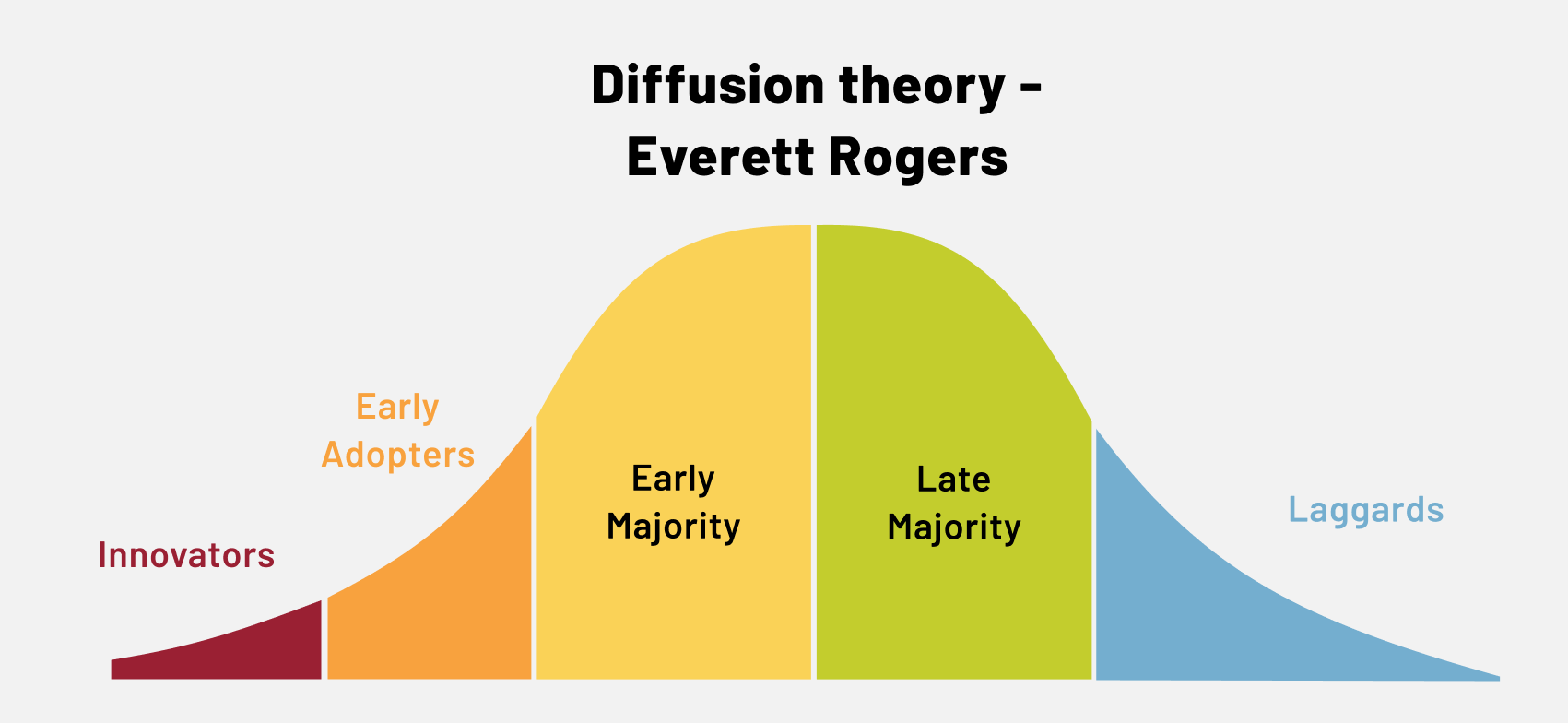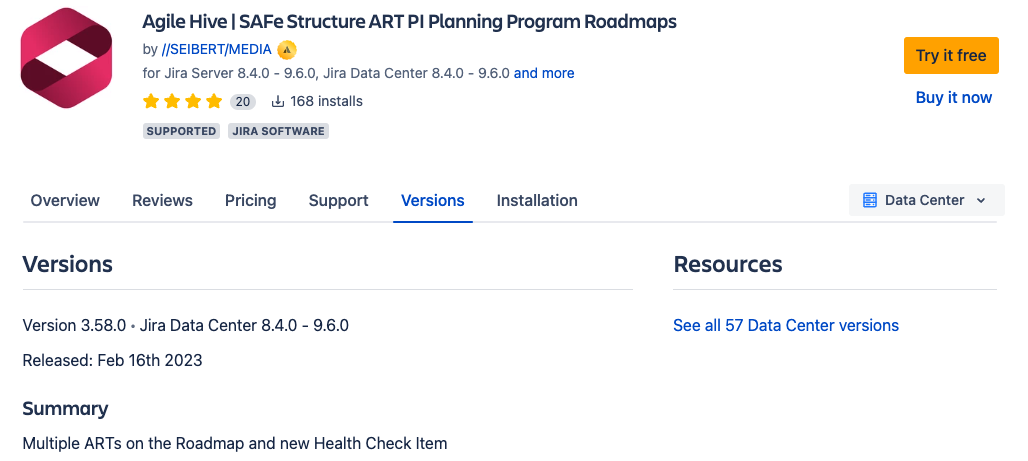The Atlassian Marketplace is the digital shopping mall for extensive apps and integrations for all Atlassian products. Whether you're looking for a tool that gives you additional features for specific use cases, takes manual work off your hands, or allows you to integrate a specific third-party application, you'll almost always find a solution here. It sounds pretty simple, but is it true? Can you search for your use case or problem, and the Atlassian Marketplace will immediately spit out the perfect tool for you?
Unfortunately, as you may have experienced, searching for apps in the Marketplace is not that easy. And in the worst-case scenario, the new app turns out to be a complete mistake. Because, as the saying goes - not everything that glitters is gold. Or as it should be called in this case: Only some highly ranked search hits are suitable tools for your needs.
That's why today we want to look at the six "traps" of the Atlassian Marketplace. Because some of the indicators shown there can significantly influence your decision - but they can also lead you astray. We'll show you how to find the right app for your company there and what you need to look out for when you're considering buying a new app. Let's go!
Pitfall #1: Number of installations
Already on the start page of the Atlassian Marketplace, you are shown the "Top-selling apps". These are the apps that Atlassian has sold the most or that have been installed the most by customers. So if several thousand teams have chosen this specific app before you, it must be good, right?
Sure, a solution's success doesn't fall from the sky, and behind it is a hard-working team that appears to have solved a customer problem adequately. But this assumption is a classic example of the so-called "Bandwagon Effect." Here, a customer's demand behavior is influenced by other customers' behavior. You jump on the "bandwagon of the masses" and trust that they have made the right decision.
The catch is that you need to find out why these other companies chose this app, what problems they want to solve with this tool, what their requirements were when they started looking for an app - and whether they are satisfied with their choice in retrospect.
The distribution of an app can undoubtedly provide initial orientation, but it should not be the sole criterion for a decision. It is always advisable not to blindly follow the decision of others but to compare similar tools yourself and find out which one best fits your company's specific needs.
Pitfall #2: Reviews and ratings
You have to be twice as careful with this trap: Namely, you should scrutinize the star ratings and written reviews of other Marketplace users for both their quality and deployment method.
Pitfall #2.1: Quality of reviews and ratings
Is an app even worth a closer look if it's only rated with 2.5 stars? Or is it already out of the running by then, anyway? How trustworthy are the written reviews?
These are difficult questions, and there's probably a no one-size-fits-all answer. Star ratings and reviews are supposed to help you assess how satisfied other users are with an app's functionalities and there are advantages and disadvantages. But here, too, you must examine the quality of these ratings closely: Does the person justify with comprehensible arguments why the app is particularly good or bad? What does the review refer to? How up-to-date is it? These questions can serve as indicators to classify how strongly you should weigh certain reviews in your decision-making.
In addition, you should keep in mind that, unfortunately, fake reviews can sneak in on the Atlassian Marketplace, just as they do on other online sales platforms. These can portray a particular product in a particularly positive or particularly negative light - but are completely fabricated and are intended to manipulate your opinion for better or worse. Atlassian has taken several steps to curb the number of fake ratings and reviews.
Pitfall #2.2: Reviews preselection by deployment variant
Many apps are available in several deployment variants - i.e., for servers and data centers or the Cloud. As a rule, however, these are not exactly the same product, and there are often minor (or major) deviations. Some features may only be available in the Cloud, compliance policies may differ, or the view may differ. It makes sense that Atlassian differentiates the written customer testimonials in the Marketplace by deployment. However, it is important that you click on the appropriate variant to see the reviews that are relevant to you.
Nevertheless, looking at the reviews for the other deployment variant is helpful. After all, a migration could be due in the foreseeable future, and your company will want to work satisfactorily with the product.
Pitfall #3: Visibility in the search function
Seek, and ye shall find? Finding the right app can be challenging - especially if you don't know exactly what you're looking for or what your team's specific requirements are. Therefore, you should know how the Marketplace search function "ticks" and what criteria it uses to spit out its search results.
Atlassian recommends that its Marketplace partners optimize their app offerings for specific keywords. For example, this involves using keywords to describe what problems the tool solves and how. When you search for an app, the results are displayed according to the relevance of your search term. This relevance is, in turn, determined by how well the search term matches the following app fields provided by the vendors (sorted by importance):
- Name of the app
- Name of the partner
- Tagline
- Category
- Highlight the text (latest version)
- Compatible Atlassian product(s) (e.g., Jira Service Management, Jira Software, Confluence, Bitbucket)
- App Key
Suppose the above relevance criteria do not allow for a clear ranking. In that case, it will be determined based on the following additional metrics: Payment via Atlassian, Ratings & Reviews, Installs, Atlassian Recommendations, and Age.
So before you search for an app, it pays to think through and narrow down the problem you're trying to solve. During the actual search in the Atlassian Marketplace, it often makes sense to try out several different search approaches to find promising candidates in the end.
Pitfall #4: Free Apps
Another "trap" can be hidden behind free apps: To the delight of customers, many apps are initially free of charge when launched on the Atlassian Marketplace. However, if the product has been strongly developed at some point and has reached a certain level of market maturity, it often then entails a fee for its use.
It is understandable that customers who have "from the very beginning" contributed significantly to the development of an app may negatively view the monetization of an app in the later stages. They may feel their involvement in the early development phase is not appreciated.
According to Everett Rogers' diffusion theory, such users, who help a new app out of the starting blocks with feedback or positive reviews, can be called "innovators" and "early adopters." They form a small group that uses technical innovations much earlier than the masses, is open to new things, and is forgiving of the "teething troubles" of new products.
Manufacturers often offer these loyal users special conditions and benefits as soon as the app is paid for. In this case, it's best to find out whether you can enjoy any benefits as an early adopter later on.
Pitfall #5: Cloud variants of on-prem apps
With support ending in February 2024, Atlassian is killing off its classic server product line. Customers who want to continue hosting and operating their systems themselves after that will have to switch to Atlassian Data Center. But in the medium and long term, the future of enterprise software lies in the Cloud - and presumably, sooner or later, most Data Center customers will (have to) consider migrating to the Cloud.
Accordingly, an app used intensively by your company and designed for servers and data centers should be best prepared for migration and be able to map all the features that are important to you in the Atlassian Cloud as well.
If you are an on-prem customer and have just encountered an interesting app, several questions arise: Is there even a Cloud alternative to this app? How mature is it? Does it have all the core features of the on-premise version? Are your security requirements met? Does a public roadmap exist? Depending on the answers, looking at another, a more future-proof solution might be worthwhile.
Pitfall #6: Active further development of apps
Imagine you decide to buy a particular app after long and intensive research, only to discover soon that it receives virtually no updates from the manufacturer and is only minimally maintained. There can be a variety of reasons for this. It may be only a small and unprofitable product because the use case is very specific. The provider may have set certain priorities and is focusing on other, more essential apps. Or the solution may even be on the verge of being discontinued because a third-party company wants to acquire the underlying technology.
To avoid this frustration, check that the app is actively and continuously being developed before you buy it. If you don't, you run the risk of the app becoming a security risk sooner or later or perhaps unsupported in just a few months. And then, you'll have to start your app search all over again.
Want to evaluate whether the vendor is moving forward with product development? Then the release notes in the Atlassian Marketplace and public release notes are the first places to go to see if the solution is "alive" and constantly being worked on. Roadmaps or the processing of feature requests are also helpful signs you can consult.
Watch out when choosing an app!
As you can see, there are some hidden traps in the Atlassian Marketplace that you can fall into when deciding for or against an app. To avoid being led down the wrong path or being disappointed with your product purchase, you should be careful when researching.
Information such as the number of installations or the number of stars awarded may help you orient yourself amidst the multitude of choices, but they are no guarantee that your business will be happy with this app. You should also take a closer look at the written reviews, which are very useful: Does the person give reasons for their opinion? Could the review be fake? In addition, we've found that the future viability of apps - for example, their active development or the performance of their Cloud variant - plays a vital role in whether or not you should decide to buy a particular product.
Are you or your company currently thinking about using one of the many apps offered by Seibert Media in the Atlassian Marketplace in the future? If you have any questions (or are afraid of a hidden trap 😉), feel free to contact us - together, we will find out if the solution is a good fit for you!
Further Reading
- Time to Move to the Cloud – Atlassian Data Centers and Servers Will Become More Expensive in February 2023
- Atlassian Codegeist 2022: Three Award-winning Apps from Seibert Media Employees
- Our First Atlassian Forge App
- Easily Create Subtasks for All of Your Jira Cloud Issues
- 5 Reasons Why Agile Hive Will Help Your SAFe Rollout with Atlassian Jira
- Hit the Road, Jack – the Atlassian Data Center Roadmap and More Accessibility in Confluence and Linchpin
- 10 Use Cases for Checklists in Confluence and Jira
- Spacecraft: The New Way to Theme your Public Confluence Spaces







